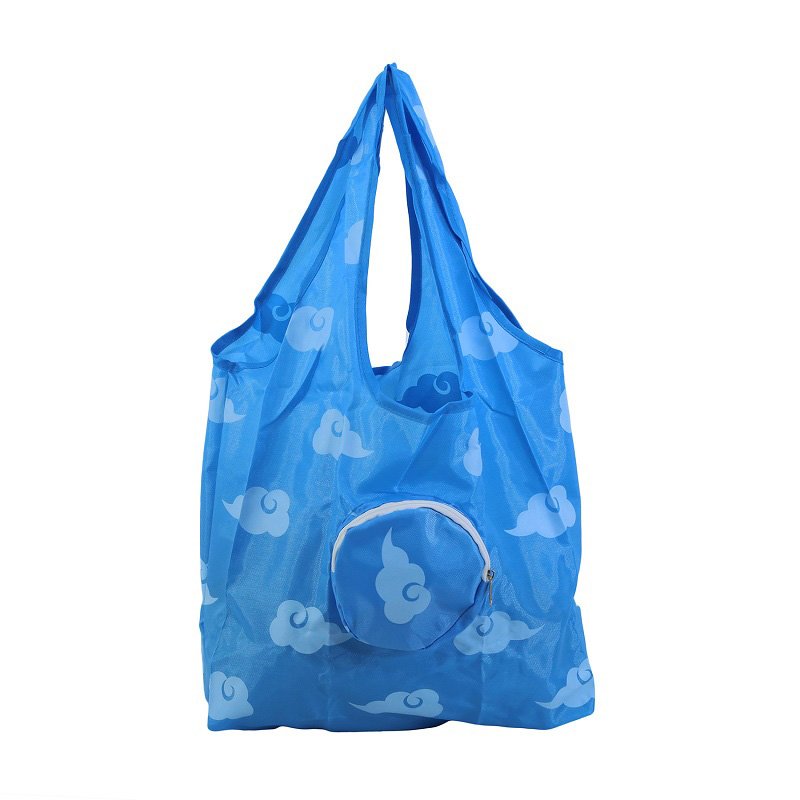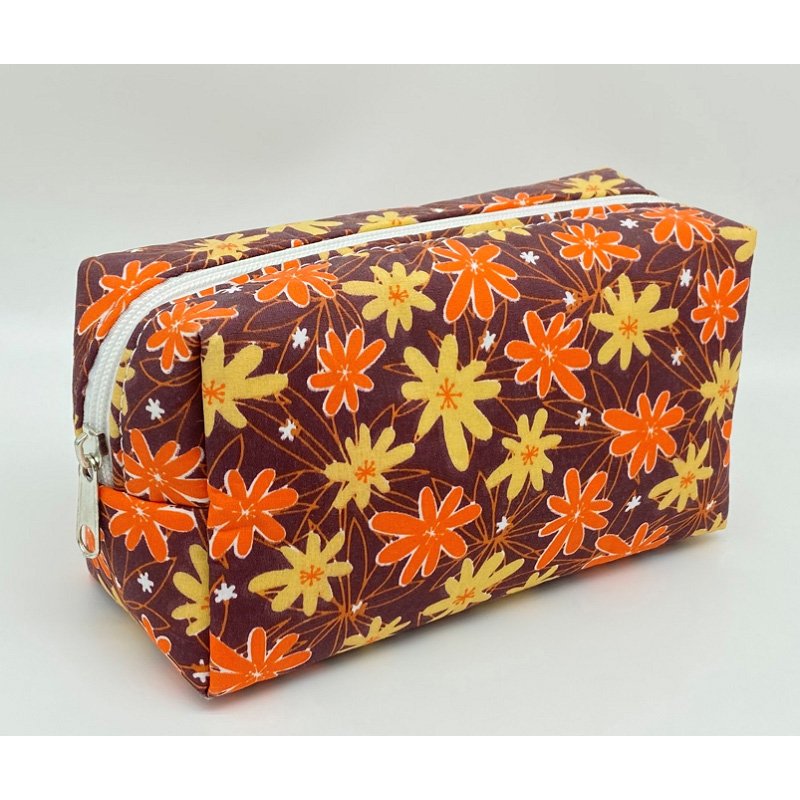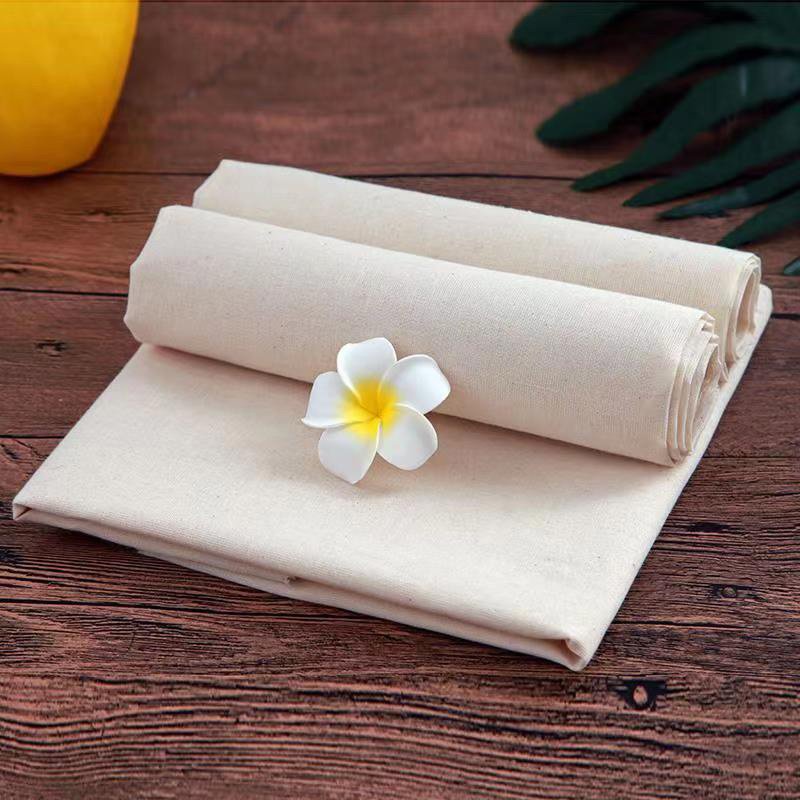Polyester bags have become a common item in today's society, providing a variety of functions ranging from supermarket shopping to transporting daily necessities However, amidst their popularity, a common question arises: are polyester bags truly waterproof? In this article, we delve into the properties of polyester and its ability to withstand the elements, aiming to debunk the myth surrounding its waterproof capabilities.
Understanding Polyester
Polyester, a synthetic polymer, is well-known for its resilience, lightweight properties, and resistance to wrinkles and abrasion. It is a versatile material widely used in various applications, including textiles and packaging. Polyester fabrics are typically woven or knitted from polyester fibers, offering strength and resilience.

Water Resistance Vs Waterproofness
Before delving into the waterproof qualities of polyester bags, it's crucial to distinguish between water resistance and waterproofness. Water resistance refers to a material's capacity to reject water to some extent, keeping it from entering the cloth right away. On the other hand, waterproofness implies complete impermeability to water, ensuring that no moisture can penetrate the material under normal conditions.
Polyester's Water Resistance
Polyester, by its inherent nature, exhibits a certain level of water resistance. The tightly woven or knitted structure of polyester fabrics creates a barrier that impedes the entry of water to some extent. This feature makes polyester bags appropriate for regular use, protecting against light rain or splashes.
Factors Influencing Waterproofness
Here are the key factors influencing waterproofness:
Fabric Coating
In the quest to enhance the waterproof capabilities of polyester bags, manufacturers often employ specialized coatings or laminates. These coatings are applied to the surface of the polyester fabric, forming an additional barrier against moisture. Polyurethane (PU) and polyvinyl chloride (PVC) are two commonly used coatings that provide a waterproof layer that repels water droplets.

Seam Construction
The integrity of a polyester bag's seams is paramount in determining its waterproofness. Seams are naturally weak locations where water can enter if not properly reinforced. To address this vulnerability, manufacturers employ various techniques to enhance seam construction and prevent water ingress.
Closure Mechanisms
The efficacy of a polyester bag's sealing mechanism is critical to preventing water entry. Waterproof zippers are one of the common polyester bag's closure mechanisms.
Waterproof zippers, often equipped with rubberized or plasticized coatings, create a tight seal when closed, preventing water from seeping through the teeth. These zippers are typically seen in high-performance outdoor gear and waterproof backpacks, and they provide excellent moisture protection.

Practical Considerations
While polyester bags may be water resistant, it is critical to temper expectations for their performance under harsh situations. Heavy rainfall or prolonged exposure to water can surpass the material's capabilities, leading to moisture seepage. Furthermore, wear and tear over time might damage polyester bags' waterproofness, demanding regular repair or replacement.
Conclusion
In conclusion, polyester bags can indeed exhibit water resistance, making them suitable for everyday use in light rain or damp conditions. However, genuine waterproofness is determined by a variety of elements, including fabric treatment, seam structure, and closing methods. If you are looking for a high-quality polyester bag, look no further than Neway! We offer a wide range of polyester bags to fit different applications. Contact us for more product details now!






